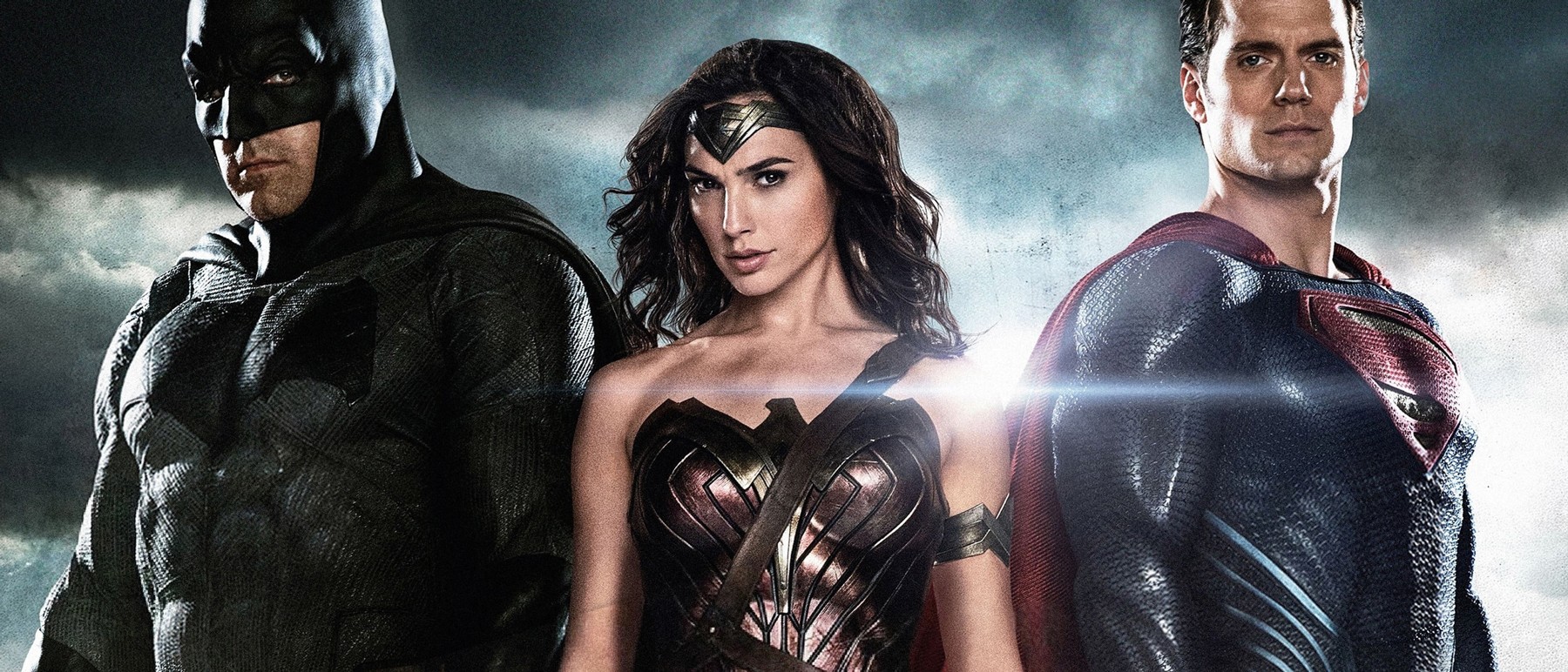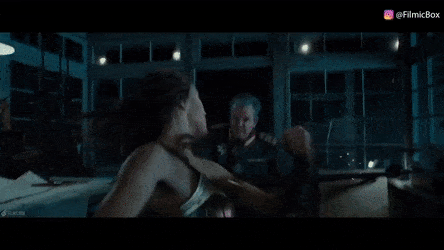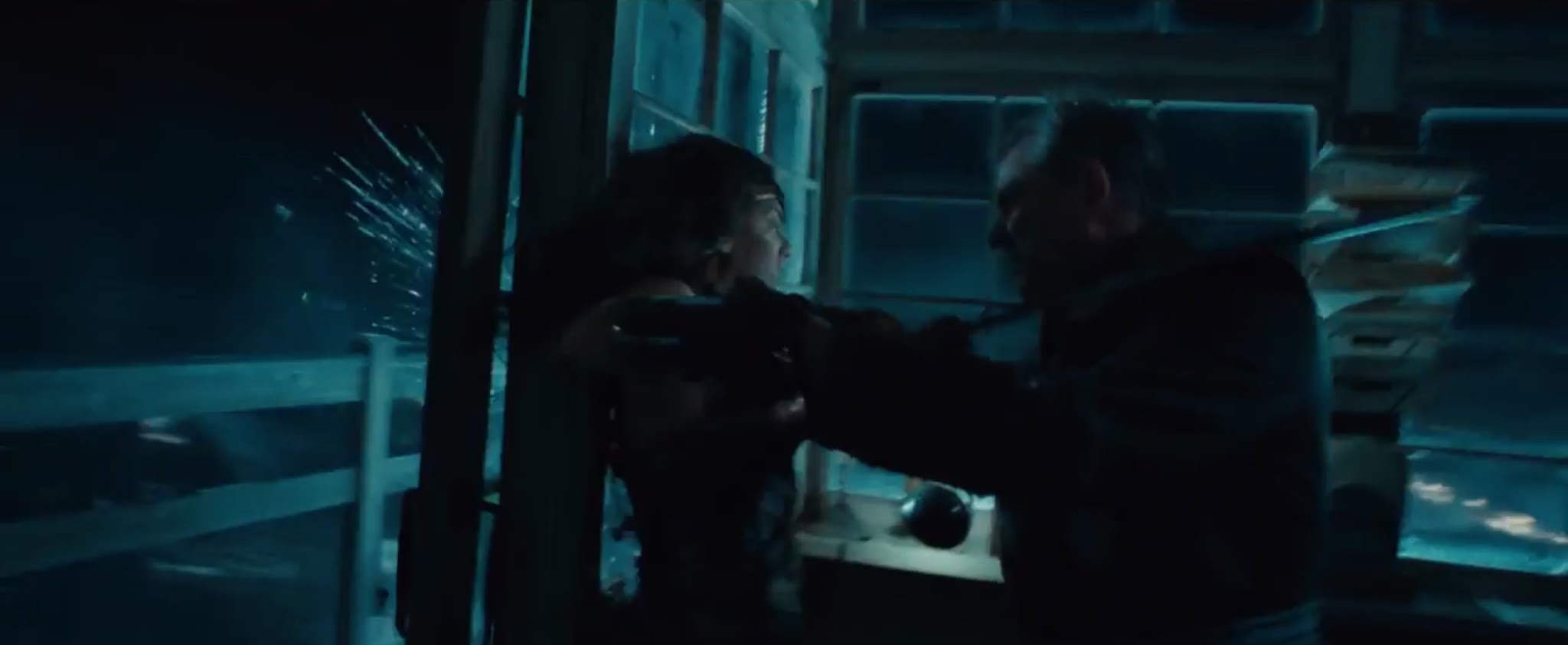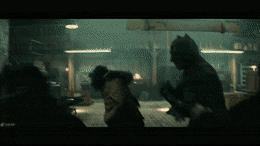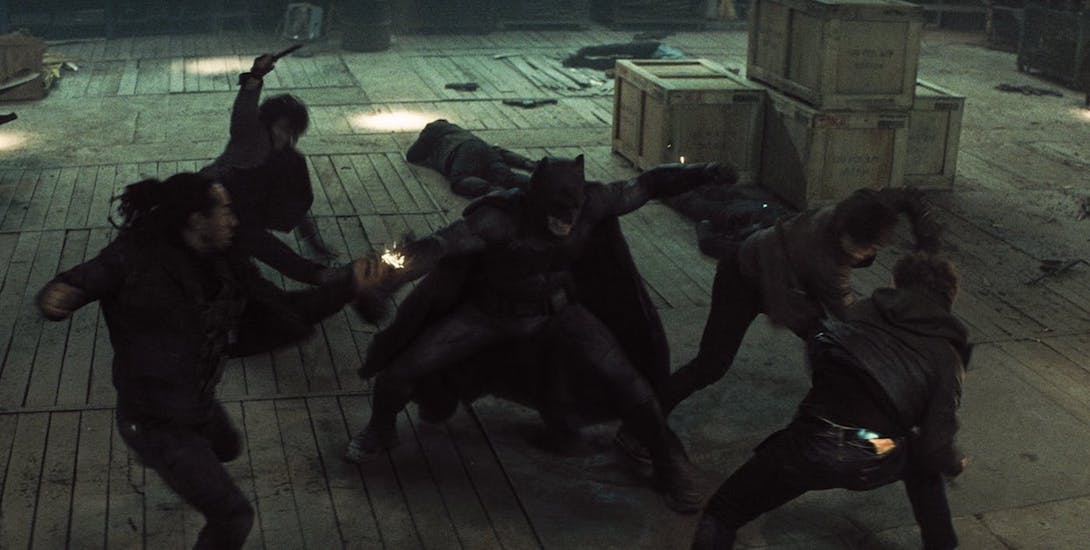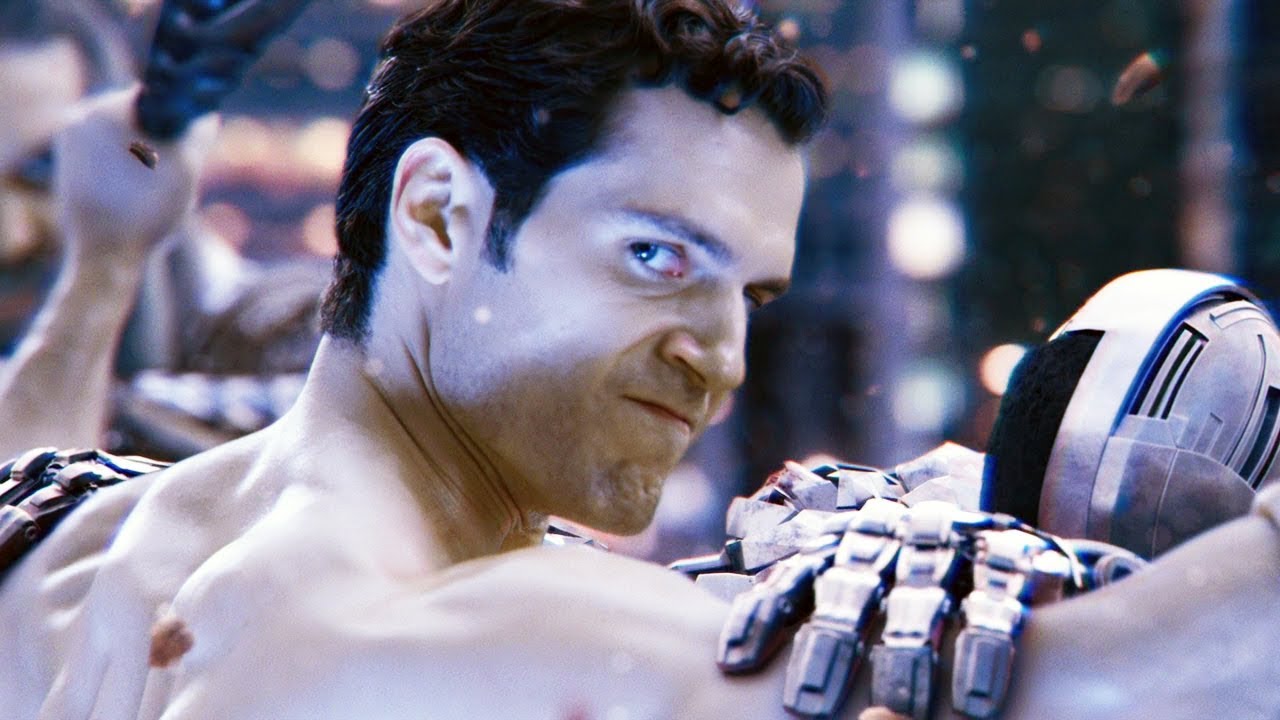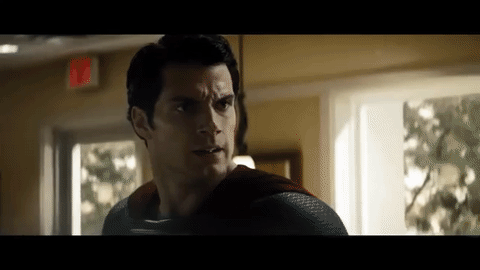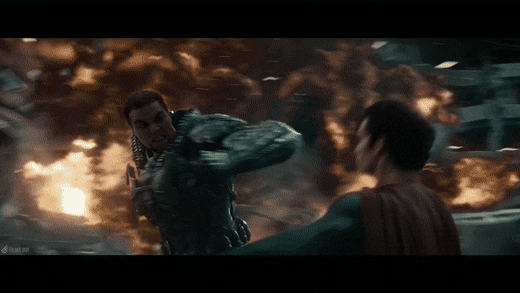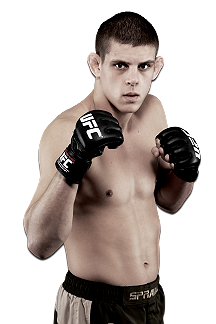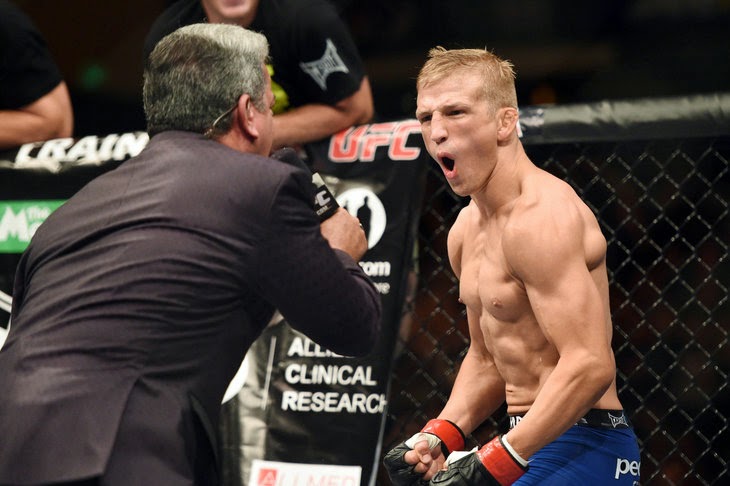On March 18th, fans of the DC film universe crafted by Zack Snyder finally got their wish when Warner Bros released Zack Snyder’s Justice League, aka “The Snyder Cut” where fans got to finally see the film as envisioned by the polarizing director. Oftentimes in circumstances like this we get DVDs with bonus footage, and there is discussion of how cool this would have been, how it all makes sense now, or how this would have changed the movie’s reception, box office results, and the narrative surrounding it. This time, however, things were different, as fans of Zack Snyder — and surprisingly, fans of the DC Universe — pushed back against Joss Whedon’s take on the Justice League story, forcing Warner’s hand and paving the way for the re-release of the film, but this time as imagined by Snyder originally.
In honor of this historical achievement I am presenting a breakdown of the techniques, tools, and strategies of DC’s Trinity (i.e., their Big 3). I will discuss the thought processes, characters, and perspectives of two of the best hand to hand combatants in the DC Universe in Wonder Woman and Batman, as well as the most physically powerful being in it in Superman.
Wonder Woman — Close Quarters Combat
In combat, where an engagement takes place is almost as important as the skill of the participants and their physical tools; each environment favors a certain style, approach, and strategy, which puts some combatants in favorable positions and others in disadvantageous ones. In this clip from Wonder Woman, Diana Prince engages in a brief exchange with General Ludendorff. What makes this stand out from other fights Diana has engaged in is that this is single combat, and most importantly it’s in a fairly enclosed space, which eliminates much of the more dynamic, acrobatic, and high impact techniques she has exhibited before and after this fight.
1) The general attacks Diana with a bayonet, attacking her centerline. Diana eschews the lead or rear hand parry, instead using an inside forearm block to redirect the attack without risking getting stabbed or slashed across her hands or face. Ludendorff redirects his attack, using a slashing attack (similar to a backfist) instead of seeking to block or parry. This creates an opportunity for Ludendorff to exploit an opening in her defense. Diana instead changes levels, ducking under the strike and stepping over at an angle that extends the distance, forcing the General to change his attacks and lengthen the time between them.
2) Ludendorff realizes the change in range and his ineffectiveness at upper body attacks. He changes grips, faking high to draw out a block or parry, which he does. He then changes levels, going low and attacking her base. Diana, having shifted her weight to brace herself for the potential downward strike, has no ability to step back or step in to neutralize the strike. She instead shifts her weight to her rear leg and forcefully checks the strike with shin.
3) The check sends the rifle/bayonet flying back. Ludendorff steps back and loads his hips, then steps in, driving in again with a piercing attack, like a jab to the body. Diana realizes she has been exclusively on the defensive and in an enclosed space against an armed, skilled, and experienced opponent who is controlling the range, so she decides to take the initiative using an inside forearm block to deflect the strike, simultaneously stepping forward and spinning into the boxing range, where she uses a palm strike to send Lundendorf flying into a wall ending the exchange.
This fight showcased the depth of Diana’s skills in that she had an opponent who was skilled, armed, and in a location that essentially neutralized her mobility, agility, and athleticism. It forced her to showcase a deeper set of tools based less on attributes and more on positioning, footwork, and structured defensive/counter techniques. It also showed Diana’s character, as she is a warrior, but one who is a much more defensive counter fighter, seeking to neutralize opponents while taking minimum risk and only necessary damage.
Batman — Melee Combat
When facing multiple opponents, efficiency is very important, due to the fact that when opponents have numbers on their side, the positioning, timing, and severity of your strikes has to be on point. Any overcommitment to a strike could result in being taken down, or exposing yourself to a damaging counter. Every strike has to be a difference maker and has to be thrown in the context of setting up another. Against multiple opponents the danger isn’t just being physically overwhelmed by them; there is also the risk of overexerting yourself, leaving yourself at their mercy via exhaustion through attrition.
1) In this clip from Batman v. Superman: Dawn of Justice, Batman is surrounded by highly trained mercenaries, who begin cutting down on his space. He opens with a double backfist that destabalizes the circle and takes the initiative away from them. He turns and parries an incoming strike, off-balancing one of the assailants while grabbing another’s collar, headbutting him. His hips being loaded, he explodes off his planted foot and throws a reverse elbow to the head, using a low forearm block to deflect another piercing attack. He breaks the circle by forcing one guy out of position with a strike and using the deflection to get the other to overextend.
2) Knowing he the two mercenaries he stunned earlier have recovered, and seeing them both attempting stabbing attacks, Batman once again flashes the double backfist, this time using them (along with armored gauntlets) to block both simultaneously. He then shifts his weight to intercept an incoming piercing attack, turning with the strike, locking his assailant’s arm and going back to the reverse elbow to eliminate another attack from the exchange. Batman shifts his weight again, turning his hips before stepping into a stance and delivering an elbow strike to the locked arm of one of the mercenaries, breaking it and incapacitating him. Twisting his body, loading his hip on the side of his plant foot, Batman then uses his rear leg to kick the inside of the knee of another mercenary, which takes away his mobility and ability to put power behind his attacks due to his base being compromised.
3) Batman has essentially eliminated four of the six active threats by knockout or injury, leaving only two more active threats. The remaining mercenaries realize the advantage is lost and seek to take the initiative away from him while they still have a numbers advantage. One uses a wide stabbing motion, having changed his grip to allow more force and to change the trajectory of the attack. In response, Batman steps in, sitting in his stance and using an outside forearm block to intercept the strike before redirecting the weapon and locking the arm across while simultaneously front kicking an oncoming attacker, sending him flying. Then he stabs the initial assailant, taking him out of the fight.
4) In the final sequence, Batman uses an elbow uppercut to stun one of the previously incapacitated mercenaries who had recovered enough to attempt to rush and overwhelm him. Yet another mercenary regains his bearings (a big danger in melee fights) and jumps back into the fray with a telegraphed right hand, which Batman diffuses with an intercepting strike to the inside of his arm, and loads his hips for the hard straight left hand that stops him. He quickly turns his attention to the last attacker standing, using a slashing overhand right to plant him face first into the floor, ending the exchange.
This fight highlights how much of Batman’s style is dependent on efficiency and ability to do damage. He uses multiple techniques, often variations of one to three of them, and attacks multiple levels to offset how often he is outgunned in regard to numbers or physical ability. What it really highlights is his mindset — as he physically punishes opponents and mentally damages them, his lack of superhuman athleticism, power, or durability means he doesn’t have much of a margin for error, nor does have the luxury of being defensive, merciful, or gentle. His biggest and best weapon is intimidation, and the doubts and fears that creates, allowing him to level the playing field against enhanced humans or cadres of assassins, soldiers, thugs, or mercenaries.
Superman — Physicality
We finally arrive at the All-American Midwestern farm boy Clark Kent. Never known as one of the finer technical fighters in the DC Universe, he instead relies almost exclusively on his athletic superiority and his almost limitless durability to both overwhelm opposition or break them down over the course of a battle. Superman’s invulnerability allows him to outlast most physically, and even if he doesn’t break them through attrition, his ability to absorb damage and recover from damage gives him an almost endless amount of time and opportunity to figure things out and find some route to victory.
In this exchange against Faora from Man of Steel, we see how this impacts his approach to fighting. He uses more of a rudimentary boxing/punching style that relies on his ability to take a good shot and deliver a much more devastating one. Back when the character was created most kids in schools were taught how to wrestle and/or box, so fundamental things like crosses, uppercuts, hooks, body shots were fairly common during this stage of history.
1) Superman steps forward, attempting to pressure Faora, leading with a (telegraphed) right hook to the body that is intercepted with a low outside forearm block. He then (smartly) comes over the top, following up with a right cross. But instead of stepping back, which might let him build momentum, or ducking, which could put her in a position where he could grab and overpower her, Faora instead steps into a stance that puts the weight on her rear leg, then uses an inside parry to neutralize the right hand.
2) By staying in the “boxing range,” Faora gives the illusion that she is there to be hit easily and cleanly, which emboldens Superman, who generally only needs one shot to end most engagements. He throws a hard left cross, overextending in his eagerness to end the fight.
3) Faora, having seen Superman fall into her trap, angles off the centerline using her left hand and arm to parry and trap his attack, before coming over the top and dropping him with a counter right cross of her own.
This exchange shows the best and worst of Superman. Being that he is so powerful, he hasn’t been forced to pay for mistakes such as telegraphing strikes, overpursuit, not setting shots up, and punching over his hips. When you are so much faster and hit so much harder, the need for refined technique is lessened, as is the need for attention to detail; those things just don’t matter until they do.
The good thing in this is you do see that there is some craft to the young man’s game; attacking the body is a smart thing, one that some of the most intelligent and accomplished fighters in the world do, Superman did the same. Doubling up with the right hand, going body to head, is a crafty trick that will work on the large majority of his opponents, and trying to build momentum in his offense is also a smart idea. Conceptually he is doing effective, fairly intelligent things, but due to a lack of training and the lack of importance that technique and defensive awareness has to an essentially unstoppable physical force, the execution wasn’t top shelf, and it was exploited by Faora quite decisively.
This article was a peek inside the finer points of three of the best fighters in the DC Universe. You have Superman, an insanely physically gifted man who has some craft, but relies heavily on attributes and aggression. You have Batman on the other end of the spectrum, whose game is built around strategy, tactical awareness, and technique. And finally you have Wonder Woman, a hero who has marvelous physical tools, tools that often far outweigh the majority of the opponents she faces, who also has taken no shortcuts in regards to things such as positioning and defensive awareness, all while exhibiting a great amount of width and depth in applicable skill — using her attributes to enhance her skills instead of using them as a crutch in lieu of them. These are the best that the DCEU and DC Comics have to offer in regard to their impact as heroes, their skills as fighters, and their positions as leaders in their world, as well as iconic characters in ours. Hopefully, the JL Snyder Cut does these beloved characters “justice.”
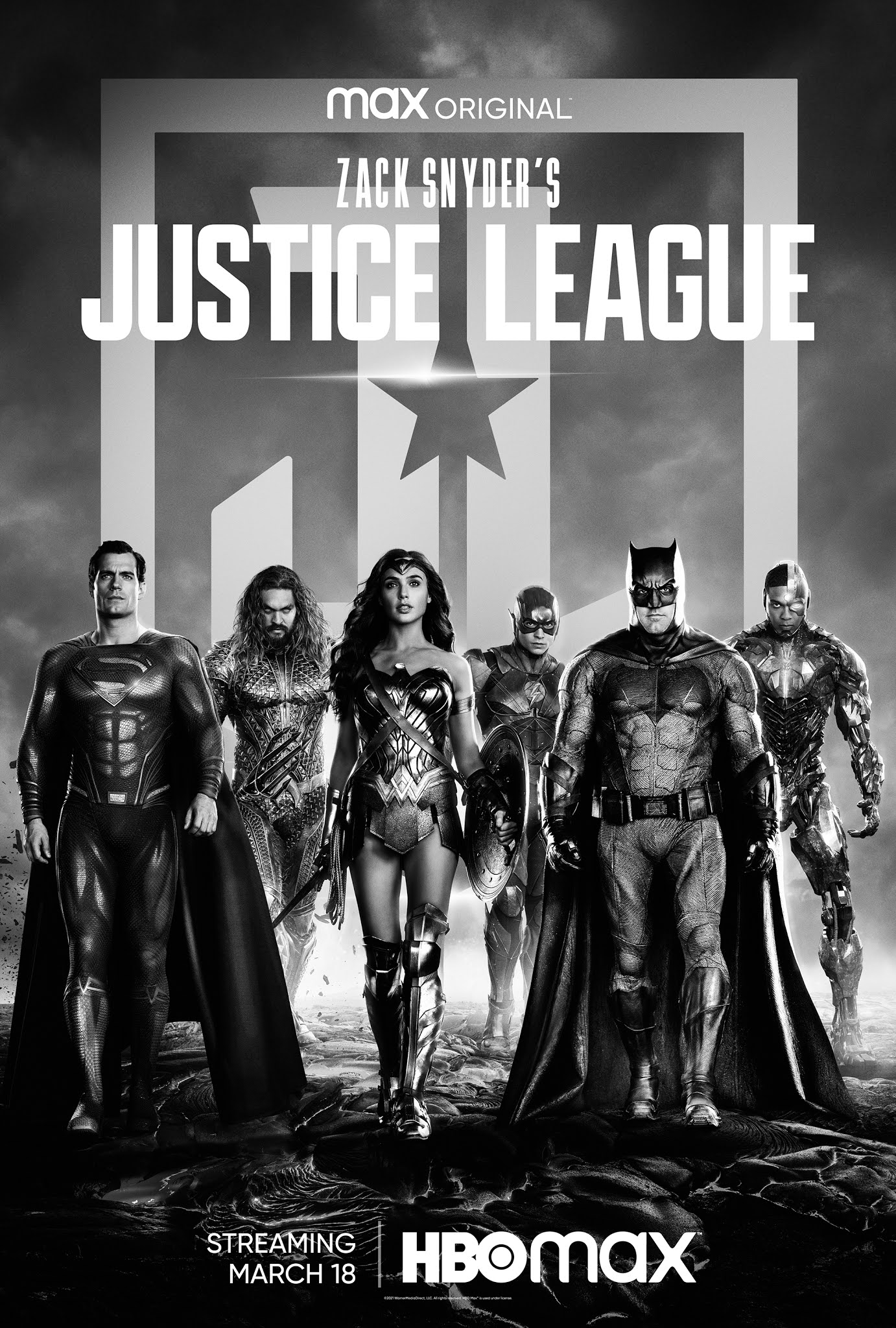 Zack Snyder’s Justice League, aka The Snyder Cut, was released on HBO MAX on March 18, 2021.
|

